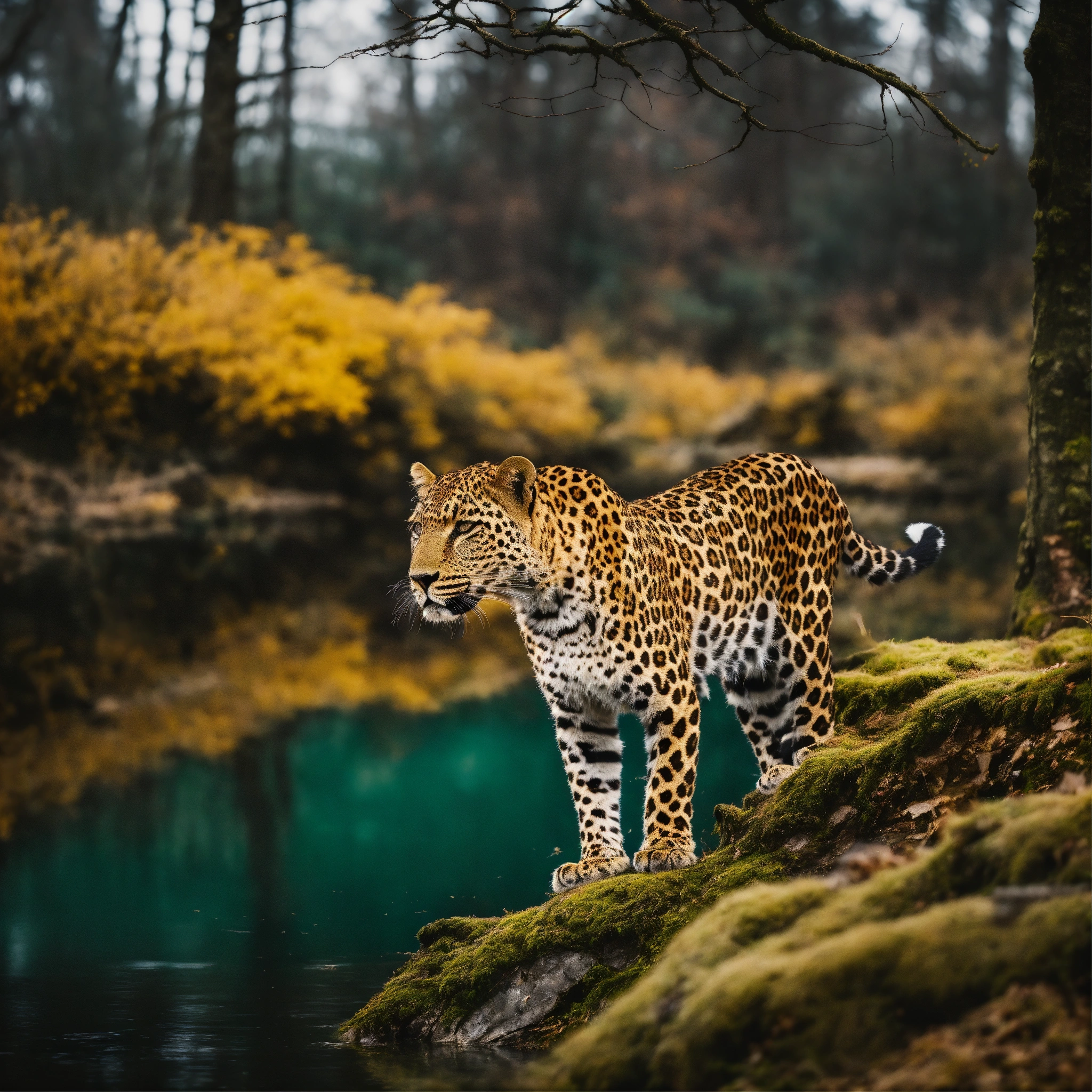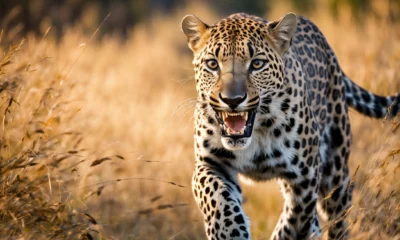Camouflage
The Evolution of Camouflage: How Animals Have Adapted to Their Environments

In the animal kingdom, the ability to blend into one’s surroundings is crucial for survival. Camouflage is a critical adaptation that allows animals to avoid predators, sneak up on prey, or hide from competitors. Over millions of years, animals have evolved a wide array of camouflage strategies to match their unique environments.
The evolution of camouflage can be seen across a wide range of species, from insects to mammals. Insects like stick insects and leaf insects have evolved to mimic the appearance of twigs and leaves, making them nearly invisible to predators. Similarly, chameleons are masters of camouflage, able to change color to match their surroundings in a matter of seconds.
In marine environments, animals like the cuttlefish have developed the ability to change both color and texture to blend in with their surroundings. Their sophisticated camouflage allows them to hide from predators and surprise their prey. Octopuses also use camouflage to great effect, morphing their bodies to match the texture and color of the seafloor.
Land animals have also evolved impressive camouflage techniques. The snow leopard, for example, has a thick coat of fur that helps it blend in with its snowy habitat in the Himalayas. Its spotted fur provides excellent camouflage in the dappled light of the forest, making it nearly invisible to its prey.
Other animals have developed camouflage strategies that go beyond just blending in visually. Some species, like the horned lizards of North America, use their physical shape and behavior to camouflage themselves. These lizards flatten their bodies against the ground and remain completely still, making them resemble rocks or patches of dirt.
Even birds have evolved camouflage strategies to help them blend in with their environments. Species like the nightjar have plumage that mimics the bark of trees, allowing them to roost unnoticed during the day. Owls, on the other hand, have feathers that break up their outline and blend in with the trees where they hunt.
Overall, the evolution of camouflage in animals is a testament to the power of natural selection. Through countless generations, animals have adapted to their environments by developing unique camouflage strategies that help them survive and thrive. From changing color to altering their shape, animals have evolved a wide range of adaptations that allow them to disappear into their surroundings and remain hidden from predators. The evolution of camouflage is a fascinating example of how animals have evolved to suit their environments and ensure their survival in the wild.








